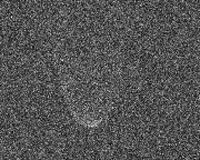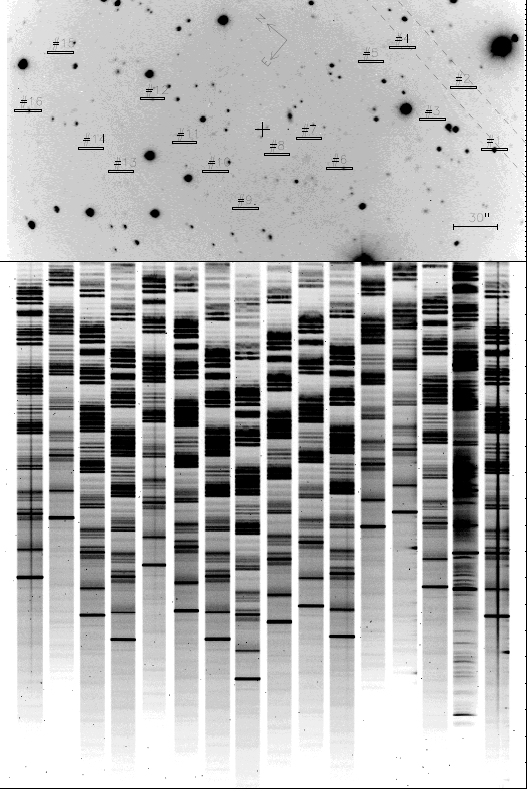Arecibo Observatory Spies An Asteroid Close To The Sun

The asteroid - if it is one - travels close to the sun. But here's the catch: Astronomers suspect that Phaethon may actually be a comet and a possible parent of the Geminid meteor shower, which annually causes many streams of shooting stars between now and Christmas.
Phaethon and other asteroids that have trajectories strongly affected by sunlight, sun shape and general relativity effects are being studied by Jean-Luc Margot, Cornell assistant professor of astronomy and Jon Giorgini, of the NASA Jet Propulsion Laboratory, Pasadena, Calif.. Mike Nolan, an Arecibo staff scientist, conducted the observation.
Terá alguma similaridade com este objecto que passou perto do Sol recentemente?


The asteroid - if it is one - travels close to the sun. But here's the catch: Astronomers suspect that Phaethon may actually be a comet and a possible parent of the Geminid meteor shower, which annually causes many streams of shooting stars between now and Christmas.
Phaethon and other asteroids that have trajectories strongly affected by sunlight, sun shape and general relativity effects are being studied by Jean-Luc Margot, Cornell assistant professor of astronomy and Jon Giorgini, of the NASA Jet Propulsion Laboratory, Pasadena, Calif.. Mike Nolan, an Arecibo staff scientist, conducted the observation.
Terá alguma similaridade com este objecto que passou perto do Sol recentemente?









